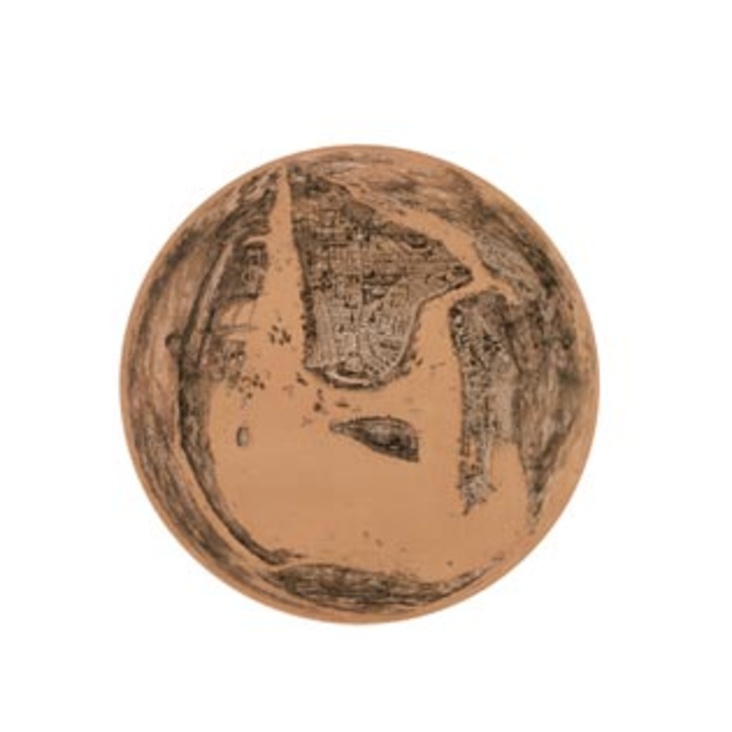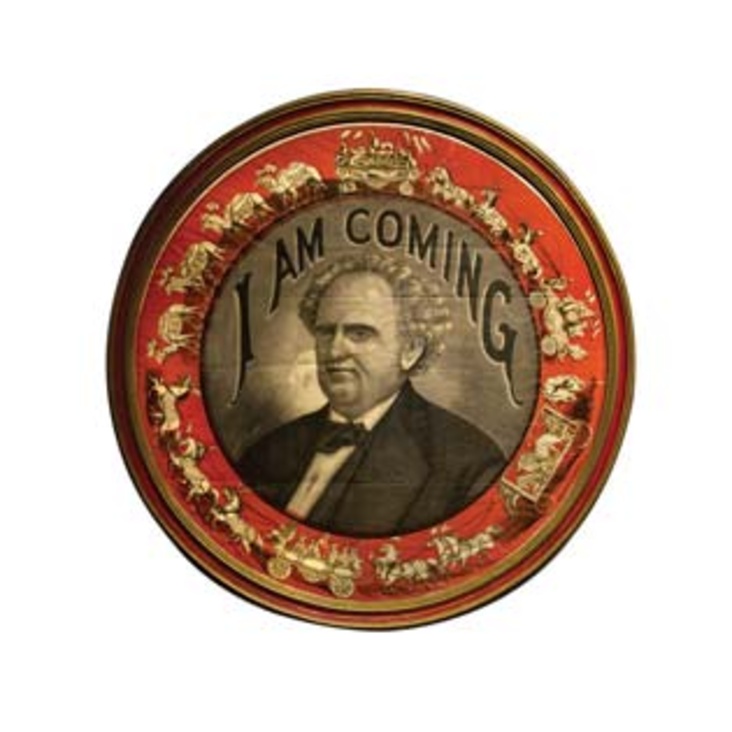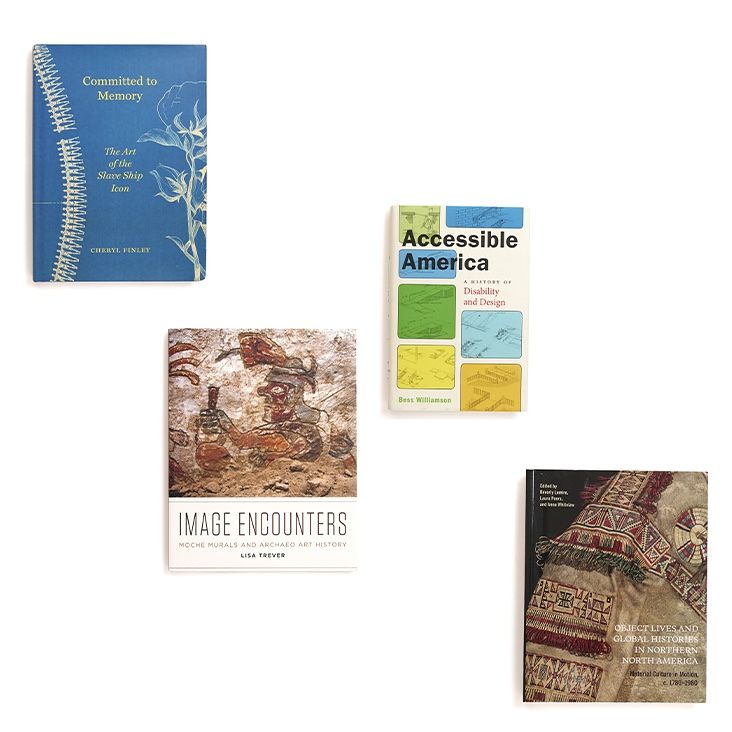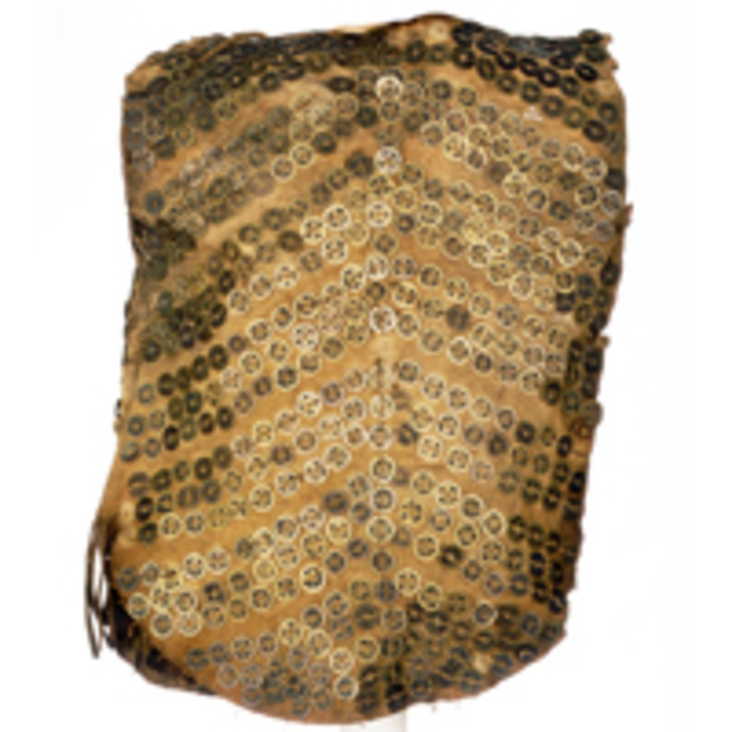
Unknown maker, Haida
Argillite, bone
Collected by Israel W. Powell between 1880 and 1885
Donated by Heber R. Bishop
American Museum of Natural History 16/604
European-style dishes and decorated flatware were two novel categories of commercial argillite carved in abundance by the Haida. Mid-nineteenth-century argillite plates (qwa.a qiihlaa) such as this one were usually engraved with stylized circular and floral patterns, often inlaid with contrasting shell or bone, while later plates tended to depict Haida mythic or crest motifs. In fact, when this plate was accessioned at AMNH, its collection record listed it as a “modern design” despite its probable age. The highly conventionalized American eagle was featured on other contemporaneous Native objects, especially jewelry. The radiating spirals appear on other plates and suggest diffusion of a similar Siberian and Aleutian motif or the influence of Euro-American pressed glass patterns. With such intercultural forms and imagery, Haida carvers signaled both exoticism and familiarity to their foreign customers.










